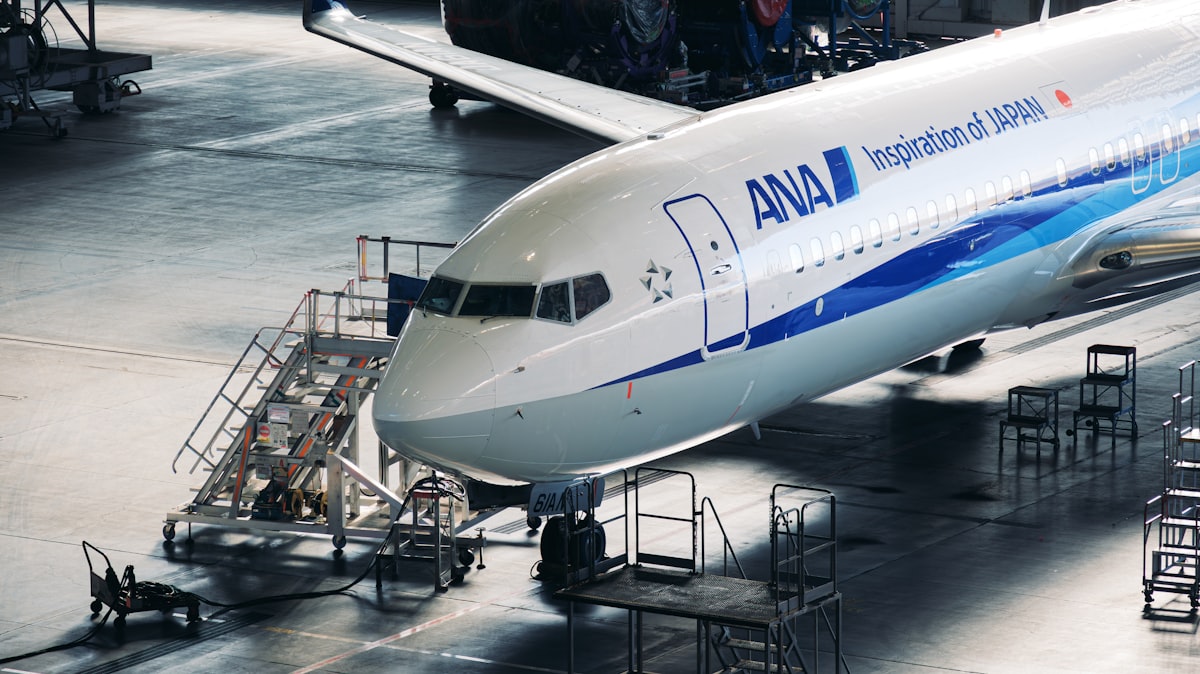How to Manage Shared Hangar Spaces
How to Manage Shared Hangar Spaces
Managing a shared hangar space involves several steps and considerations. The process can be streamlined with effective communication, organization, and the use of appropriate tools. Let’s delve into how this can be done efficiently.
Setting Clear Rules and Responsibilities

Establishing rules right from the start helps avoid confusion. Documenting them ensures everyone is on the same page. Assign specific responsibilities to each member.
- Allocate routine tasks like cleaning and maintenance.
- Clarify the usage schedule to avoid overlaps.
- Set expectations for storing tools and equipment.
Having a written agreement can also resolve potential conflicts. Define penalties for non-compliance to maintain order.
Effective Communication
Maintain open lines of communication to avoid misunderstandings. Regular meetings can help address issues promptly.
- Use group messaging apps for quick updates.
- Set up a shared calendar for booking the space.
- Encourage feedback and suggestions.
This approach ensures everyone is informed and involved in decision-making.
Organizing Space Efficiently
Proper organization maximizes the functionality of shared hangar spaces. Here are some strategies:
- Use labeled shelves and storage bins.
- Keep a common area for shared tools and equipment.
- Install pegboards and hooks for easy access to frequently used items.
A clutter-free environment fosters a more productive workspace.
Maintaining Safety Standards
Safety should always be a priority. Ensure that the hangar complies with necessary regulations. Specific measures include:
- Regular inspection of safety equipment such as fire extinguishers.
- Proper ventilation to avoid buildup of harmful fumes.
- Clearly marked exits and emergency procedures.
Everyone using the hangar should be familiar with these protocols.
Tool and Equipment Management
Shared tools and equipment can become a source of friction if not managed well. Here are some tips:
- Keep an inventory list to track items.
- Implement a sign-out system for borrowing tools.
- Schedule regular maintenance to keep equipment in good working condition.
This reduces the likelihood of misplaced or damaged tools.
Managing Finances
Financial transparency is crucial in a shared hangar space. Consider the following measures:
- Set up a shared bank account for expenses.
- Document all financial transactions meticulously.
- Agree on a contribution system for shared costs.
This prevents disagreements over money and ensures fair distribution of expenses.
Respecting Each Other’s Space and Time
Respect is fundamental in shared environments. Practice these habits:
- Leave work areas clean after use.
- Honor agreed-upon time slots without encroaching on others’ schedules.
- Minimize noise and disturbances.
This fosters a cooperative and productive atmosphere.
Conflict Resolution
Conflicts can arise in shared spaces. Address them constructively:
- Listen actively without interrupting.
- Focus on facts rather than personal disagreements.
- Seek mediation if disputes can’t be resolved internally.
Prompt and fair conflict resolution helps maintain harmony.
Regular Reviews and Adjustments
Regularly reviewing the management practices and making necessary adjustments keeps the system efficient. Consider:
- Quarterly meetings to discuss what’s working and what’s not.
- Encouraging feedback from all members on potential improvements.
- Adapting rules and protocols based on evolving needs.
This ensures the management system remains effective over time.
Leveraging Technology
Technology can significantly aid in managing shared hangar spaces. Useful tools include:
- Project management software for tracking tasks.
- Inventory management apps to keep track of tools.
- Communication platforms for seamless information exchange.
Integrating these tools can enhance efficiency and collaboration.
Collaborative Culture
Fostering a collaborative culture enhances the shared space experience. Encourage:
- Skill-sharing sessions where members teach each other new techniques.
- Joint projects to strengthen teamwork.
- Social events to build camaraderie.
This makes the hangar a more enjoyable and productive place.
Conclusion
Effective management of shared hangar spaces is achievable with clear rules, open communication, and mutual respect. Regular reviews and the use of technology further streamline the process. By following these guidelines, shared hangar spaces can be well-organized, safe, and productive environments.
Recommended Aviation Resources
Pilots Handbook of Aeronautical Knowledge – $25.42
Essential FAA handbook for every pilot.
Aircraft Owners Handbook of Maintenance
Keep your aircraft in top condition.
As an Amazon Associate, we earn from qualifying purchases.




Subscribe for Updates
Get the latest articles delivered to your inbox.
We respect your privacy. Unsubscribe anytime.